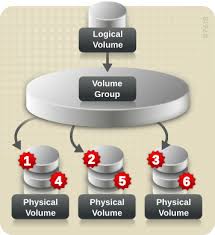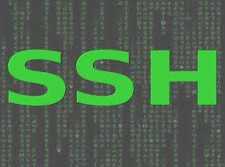Red Hat Enterprise Linux 7.6 Beta now available
The hybrid cloud requires a consistent foundation and today, we are pleased to refine and innovate that foundation with the availability of Red Hat Enterprise Linux 7.6 beta. The latest update to Red Hat Enterprise Linux 7 is designed to deliver control, confidence, and freedom to demanding business environments, keeping pace with cloud-native innovation while supporting new and existing production operations across the many footprints of enterprise IT.
As Red Hat’s Paul Cormier states, the hybrid cloud is becoming a default technology choice. Enterprises want the best answers to meet their specific needs, regardless of whether that’s through the public cloud or on bare metal in their own datacenter. Red Hat Enterprise Linux provides an answer to a wide variety of IT challenges, providing a stable, enterprise-grade backbone across all of IT’s footprints – physical, virtual, private cloud, and public cloud. As the future of IT turns towards workloads running across heterogeneous environments, Red Hat Enterprise Linux has focused on evolving to meet these changing needs.
To better enable enterprise-class hybrid clouds while still supporting traditional IT scenarios, Red Hat Enterprise Linux 7.6 beta adds new and enhanced capabilities emphasizing innovations in security and compliance features, management and automation, and Linux containers.
Security and compliance features
By using Trusted Platform Module (TPM) 2.0 hardware modules, the NBDE capability has been extended to provide two layers of security features for hybrid cloud operations: The network-based mechanism is applicable in the cloud, while the use of TPM on-premises helps to keep information on disks physically more secure.
For better integration with counter-intrusion measures, firewall operations through Red Hat Enterprise Linux have been improved with enhancements to nftables. The nft command line tool can now also provide better control of packet filtering, providing greater overall visibility and simplified configuration for systems security.
Red Hat Enterprise Linux 7.6 beta provides new default cryptographic algorithms for RSA and ECC, which help maintain FIPS compliance and stay current with cryptography requirements from NIST and other standards bodies, as well as organizations responsible for handling sensitive information.
How soon the 4.18 kernel lands on your system or network depends a lot on which Linux distributions you use. It may be heading your way or you may already be using it.
If you have ever wondered whether the same kernel is used in all Linux distributions, the answer is that all Linux distributions use the same kernel more or less, but there are several big considerations that make that “more or less” quite significant:
Most distributions add or remove code to make the kernel work best for them. Some of these changes might eventually work their way back to the top of the code heap where they will be merged into the mainstream, but they’ll make the distribution’s kernel unique — at least for a while.
Some releases intentionally hold back and don’t use the very latest version of the kernel in order to ensure a more predictable and stable environment. This is particularly true of versions that are targeted for commercial distribution. For example, RHEL (Red Hat Enterprise Edition) will not be nearly as aggressively updated as Fedora.
Some distributions use a fork called Linux-libre, which is Linux without any proprietary drivers built in. It omits software that does not include its source code, has its source code obfuscated, or is released under proprietary licenses.
Read More: https://www.redhat.com
















